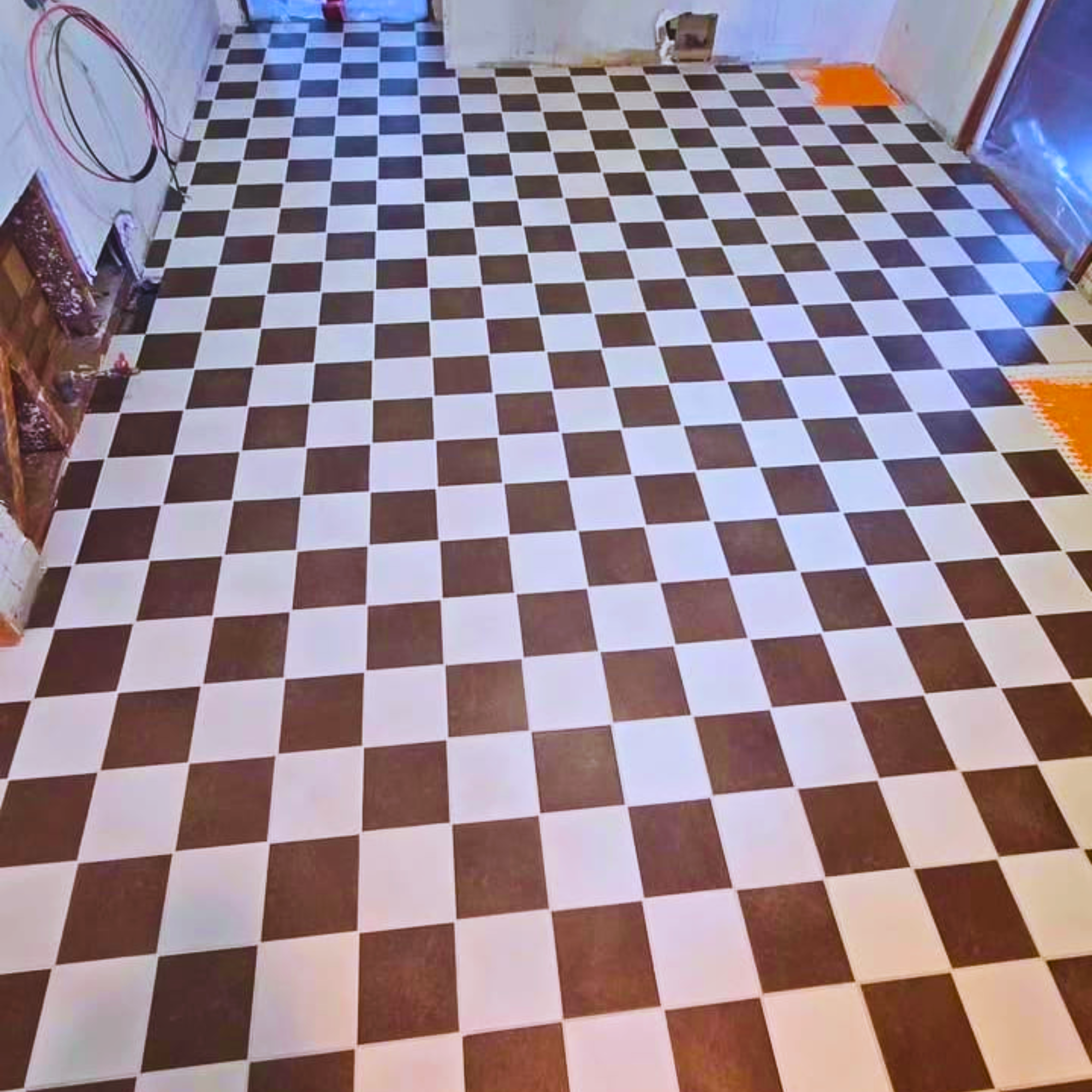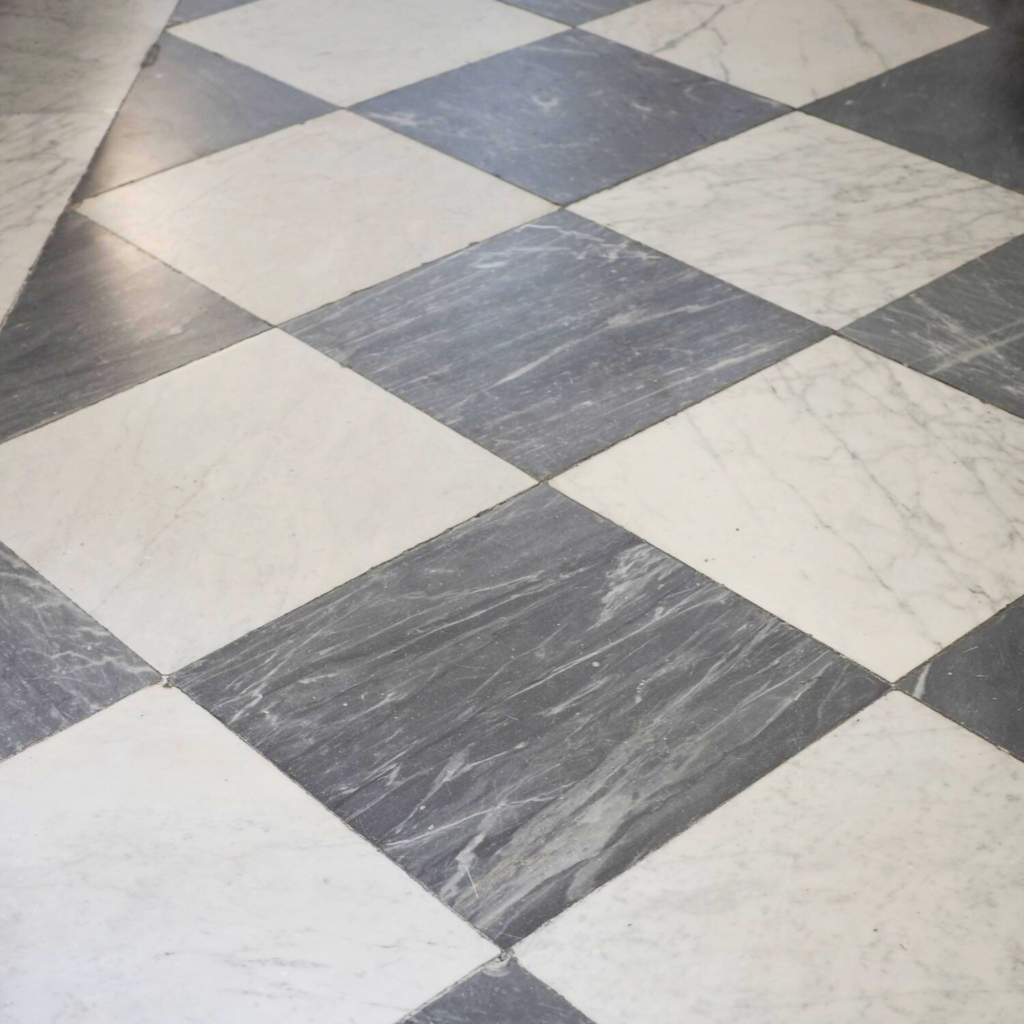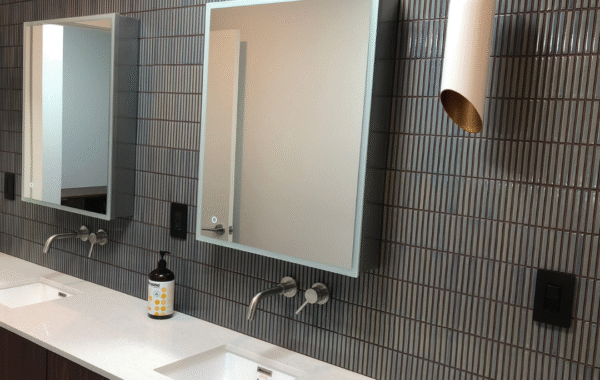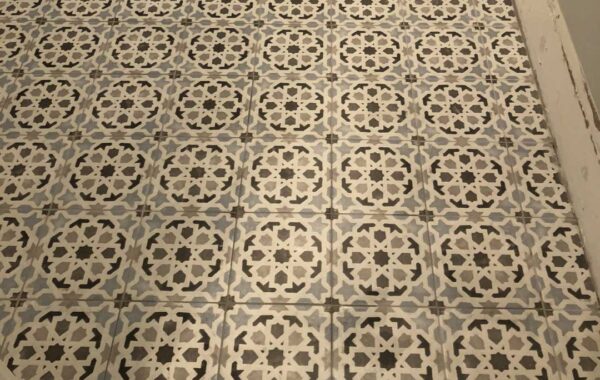
Guide and Tips for Custom Tile Floor
In the world of interior design, flooring is a fundamental element that can completely transform the aesthetics and functionality of a space. If you’re looking for something unique and personalized for your home or business, a custom tile floor is the perfect solution. This article will guide you through everything you need to know about this type of flooring, from its design to installation, including the latest trends and frequently asked questions.
What is a Custom Tile Floor?
A custom tile floor is a made-to-measure floor design that adapts to your specific needs, style, and budget. Unlike standard floors, these allow for great flexibility in terms of materials, colors, patterns, and shapes. From geometric designs to artistic mosaics, a custom tile floor offers endless creative possibilities.
Benefits of Choosing a Customized Floor
1. Exclusivity
- A custom tile floor ensures that your space is one-of-a-kind. You won’t find another design like it anywhere else.
2. Durability
- The materials used in customized floors, such as ceramic, porcelain, or natural stone, are extremely durable and resistant to wear and tear.
3. Versatility
- Whether you’re decorating a bathroom, kitchen, or commercial space, a custom tile floor can adapt to any environment.
4. Added Value
- Investing in a custom floor can significantly increase the value of your property, as it’s a distinctive feature that attracts potential buyers.
Popular Materials for a Custom Tile Floor
When you decide to opt for a custom tile floor , one of the first steps is choosing the right material. Here are some of the most popular options:
1. Ceramic
- Advantages : Affordable, versatile, and available in a wide range of colors and finishes.
- Disadvantages : Less durable than other materials, especially in high-traffic areas.
2. Porcelain
- Advantages : Extremely durable, water-resistant, and easy to clean.
- Disadvantages : Typically more expensive than ceramic.
3. Natural Stone
- Options : Marble, granite, travertine, and slate.
- Advantages : Offers a luxurious look and is highly durable.
- Disadvantages : Requires regular maintenance and can be prone to stains.
4. Glass Mosaics
- Advantages : Ideal for creating vibrant and modern designs.
- Disadvantages : Less suitable for high-traffic areas due to its fragility.
5. Ceramic Wood
- Advantages : Combines the beauty of wood with the durability of ceramic.
- Disadvantages : Can be costly depending on the design.
Current Trends in Custom Tile Floors

Custom floor design is constantly evolving. Here are some of the most popular trends in 2023:
1. Geometric Patterns
- Geometric patterns, such as hexagons and triangles, are gaining popularity due to their ability to add visual interest without overwhelming the space.
2. Neutral Colors with Pops of Color
- Neutral tones remain a safe choice, but many designers are incorporating small pops of color to bring spaces to life.
3. Innovative Textures
- Raised textures, such as wood or stone imitations, are on the rise, as they add dimension and tactile appeal to the floor.
4. Artistic Mosaics
- Custom mosaics with floral or abstract motifs are ideal for those seeking an artistic touch in their home.
5. Large Formats
- Large-format tiles are gaining ground, as they reduce grout lines and create a cleaner, more modern look.
Steps to Design Your Own Custom Tile Floor
Creating a custom tile floor may seem overwhelming, but with the following steps, you can simplify the process:
1. Define Your Style
- Before starting, decide what kind of atmosphere you want to create. Are you looking for something modern, rustic, or classic?
2. Choose the Materials
- Based on how you’ll use the space, select the most suitable material.
3. Select Colors and Patterns
- Consider the room’s color palette and how the floor can complement it.
4. Work with a Professional
- Hire an experienced designer or installer to ensure the project is done correctly.
5. Plan for Maintenance
- Some materials require more care than others. Make sure you’re prepared to keep the floor in optimal condition.
Tips to Maximize the Impact of Your Custom Tile Floor
1. Coordinate with Architectural Elements
- Ensure the floor design harmonizes with elements like doors, windows, and furniture.
2. Use Complementary Accessories
- Rugs, cushions, and curtains can further enhance the visual impact of the floor.
3. Proper Lighting
- Lighting plays a crucial role in how the floor is perceived. Use strategically placed lights to highlight details.
Conclusion
A custom tile floor is an excellent way to add personality and style to any space. Whether you’re looking for something modern, classic, or completely unique, the options are practically limitless. By choosing the right materials, following current trends, and working with professionals, you can create a floor that is not only functional but also a work of art.
Don’t underestimate the power of a good floor to transform your home or business. Investing in a custom tile floor is a decision you’ll enjoy for years and that will undoubtedly impress all your visitors.
Frequently Asked Questions (FAQ)
1. How much does it cost to install a custom tile floor?
- The cost varies depending on the material, the size of the area, and the complexity of the design. On average, prices can range from 10to50 per square foot.
2. Is it difficult to maintain a custom tile floor?
- It depends on the material. For example, ceramic and porcelain are easy to clean, while natural stone may require regular sealing.
3. Can I install a custom tile floor myself?
- While it’s possible to do it yourself, hiring a professional is recommended to ensure a flawless finish and avoid costly mistakes.
4. What type of grout should I use?
- Epoxy grout is ideal for wet areas, while traditional grout works well in dry spaces.
5. How long does a custom tile floor last?
- With proper care, a custom tile floor can last for decades, especially if made from materials like porcelain or natural stone.



